
PUMPA - SMART LEARNING
எங்கள் ஆசிரியர்களுடன் 1-ஆன்-1 ஆலோசனை நேரத்தைப் பெறுங்கள். டாப்பர் ஆவதற்கு நாங்கள் பயிற்சி அளிப்போம்
Book Free DemoEvery object in our environment is made of one or more materials. Glass, metal, plastics, wood, cotton, paper, mud and soil are examples of these materials.
Grouping is the process of separating objects based on the materials they are made of.
In this way, we have separated all of the objects into two groups. Objects made of paper or wood are placed in one group, while objects made of other materials are placed in the other.
Let's take a look at the objects and the materials they are made of.
Objects | Material they are made of | Examples |
Tumbler | Steel, glass, plastic | 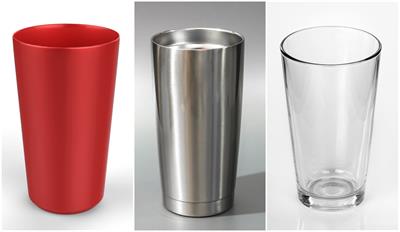 |
Plate | Steel, glass, plastic, wood | 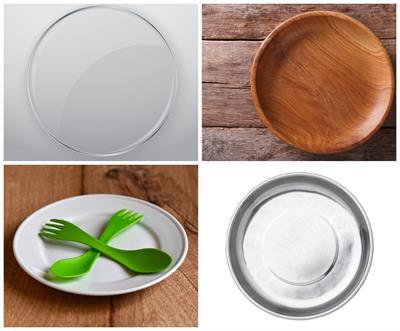 |
Chair | Steel, plastic, wood | 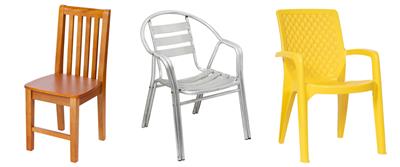 |
| Water bottle | Steel, plastic | 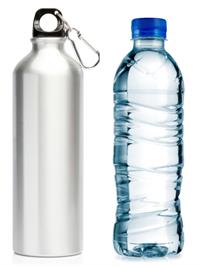 |
Bucket | Steel, plastic | 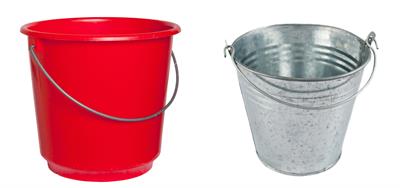 |
Some materials were used to make different types of objects. Is it really possible?
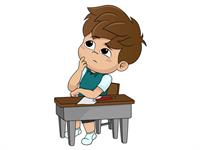
Yeah!! Let us look at the table given below for better understanding.
Material they are made of | Objects | Examples |
Wood | Pencil, ladder, table, shed, etc. | 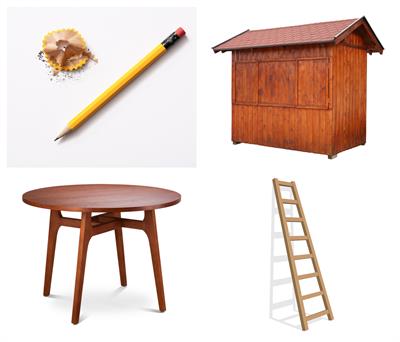 |
Paper | Book, newspaper, toy, calendar, etc. |  |
Plastic | Pipe, water containers, toys, etc. |  |
Cotton | Dress, mask, cotton shoe, etc. |  |
Leather | Shoe, belt, bag, etc. |  |
As a result of the above, we learned that the objects around us are made of both single and different materials.
Additionally, a single material can be used to make a variety of objects.
What decides which material should be used for making any given object?

We need to learn about the properties of materials.
Reference:
https://stocksnap.io/photo/shoes-shoelace-698Q9DZHB4
https://pixabay.com/photos/handbag-black-gold-444171/
https://www.flickr.com/photos/queenbeebh/5866853621
https://pixabay.com/photos/handbag-black-gold-444171/
https://www.flickr.com/photos/queenbeebh/5866853621
https://www.piqsels.com/en/public-domain-photo-fqstn
plate-3491995_1280